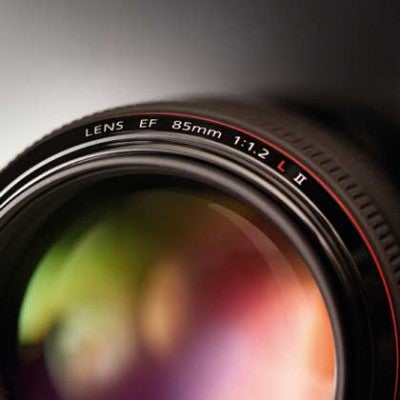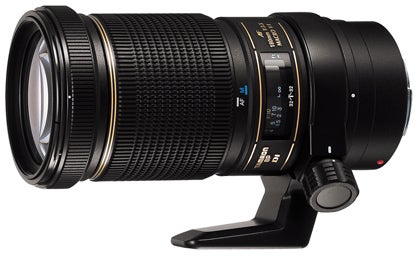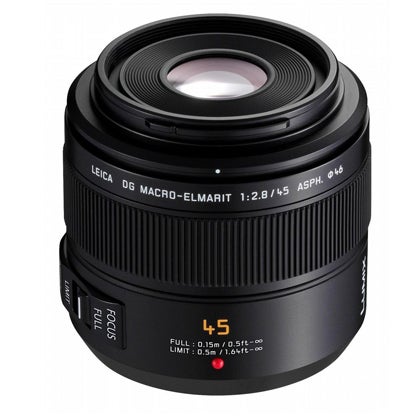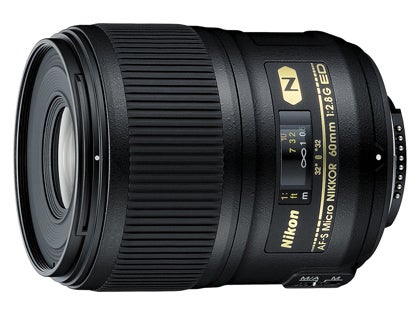Complete Guide To Lenses – Macro Lenses
The first thing to know about Macro lenses is that most are fixed-focal-length (aka ‘prime’) optics. The most common focal lengths are around 50mm and 100mm, with some in between, though there are also a few at around the 200mm range.
The great benefit of them is that they can also be used for general photography, as they can focus from infinity right down to 1:1 on a single rotation of the focus ring.
One of the main decisions in choosing a macro lens is which focal length to go for. The advantage of the more telephoto macros is that you can obtain your true macro from further away, so if you’re photographing shy subjects such as butterflies you don’t have to be so close to them.
It also means that you won’t be casting a shadow over your own subject and have more space between camera and subject for any lighting that you might want to deploy.
If you think a macro lens might be next up in your kit bag, take a closer look at these four macro lenses in a range of mounts.
Tamron SP AF 180mm f/3.5 Di LD IF Macro
£689
This well designed and solidly made macro lens impresses on both full-frame and APS-C cameras.
Thanks to its extended focal length you can shoot true 1:1 macro images from a greater distance, meaning the lens is less likely to cast a shadow over your subject.
Image quality is excellent too, with resolution remaining at 0.35 cycles-per-pixel from wide open to f/11. Only at f/16 and above does it drop below the critical 0.25 cycles-per-pixel.
Lens Mount – Canon, Nikon, Sony, Pentax
Construction – 11 elements, 14 groups
Filter Thread – 72mm
Weight – 920g
Canon EF 100mm f/2.8L Macro IS USM
£724
There has always been a case for saying that optimum performance is achieved when a lens is designed for one specific purpose, and this is a great example of a lens that does one thing very well indeed.
The 100mm focal length is ideal as it allows for a bit of distance between you and your subject. Although it’s rather large, handling is excellent. Image quality impresses too, with the lens providing MTF results above 0.25 cycles-per-pixel from f/2.8 to f/22, and above 0.4 cycles-per-pixel between f/4 and f/8.
Lens Mount – Canon EF
Construction – 15 elements, 12 groups
Filter Thread – 67mm
Weight – 625g
Panasonic Leica DG Macro-Elmarit 45mm f/2.8 Aspherical
£549
This is a great lens that very much looks and feels like a Leica lens. Because of the 2x crop factor applied to Micro Four Thirds sensors, this provides the 35mm focal range equivalent of 90mm – perfect for most macro situations.
Optical Image Stabilisation (Mega O.I.S) is built into the lens and can controlled from the camera, while the internal AF system is quiet and quite quick.
While resolution does dip at f/2.8 and beyond f/14, at all other settings sharpness remains above 0.3 cycles-per-pixel.
Lens Mount – MFT
Construction – 14 elements, 10 groups
Filter Thread – 46mm
Weight – 225g
Nikon 60mm f/2.8 G AF-S ED Micro
£404
This professional-grade lens is designed for use on Nikon full-frame DSLRs, but can also be used on APS-C cameras where its effective focal length rises to 90mm.
As 60mm is often considered a bit short for a true macro lens, Nikon instead describes this as a ‘Micro’ lens.
Internally, the lens benefits from Nikon’s Silent Wave Motor for quiet operation, and while Nikon’s Vibration Redcution image stabilisation technology is notably absent the lens is treated to Nano Crystal coating to reduce flare and ghosting.
Lens Mount – Nikon F
Construction – 12 elements, 9 groups
Filter Thread – 62mm
Weight – 425g









